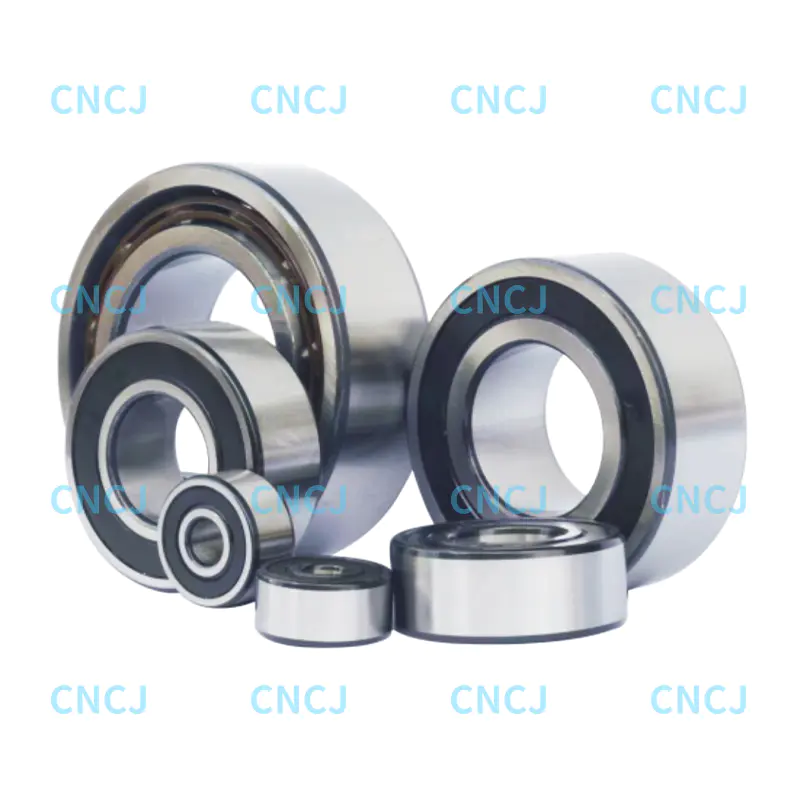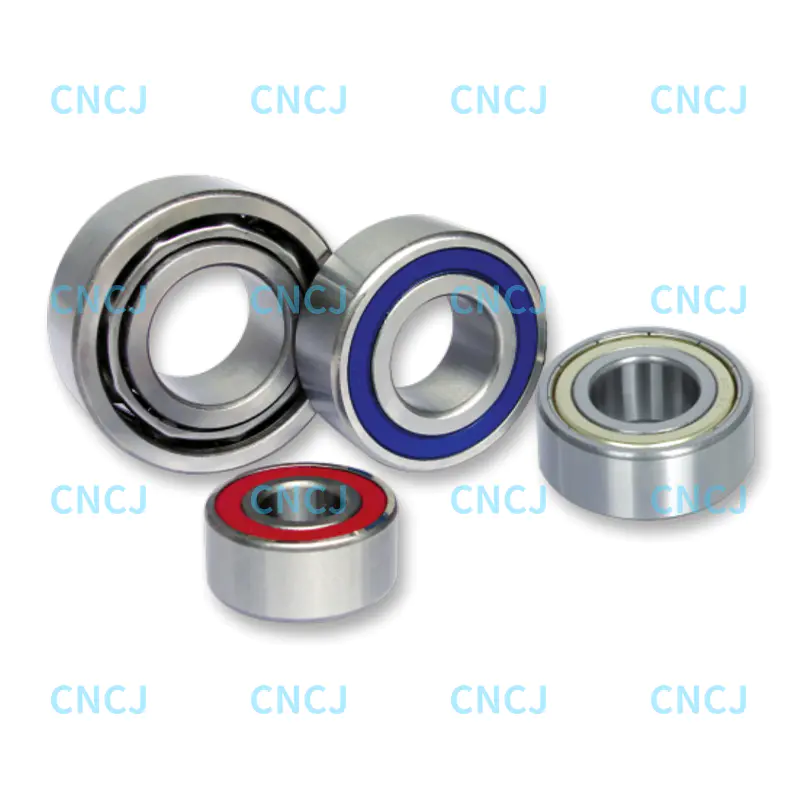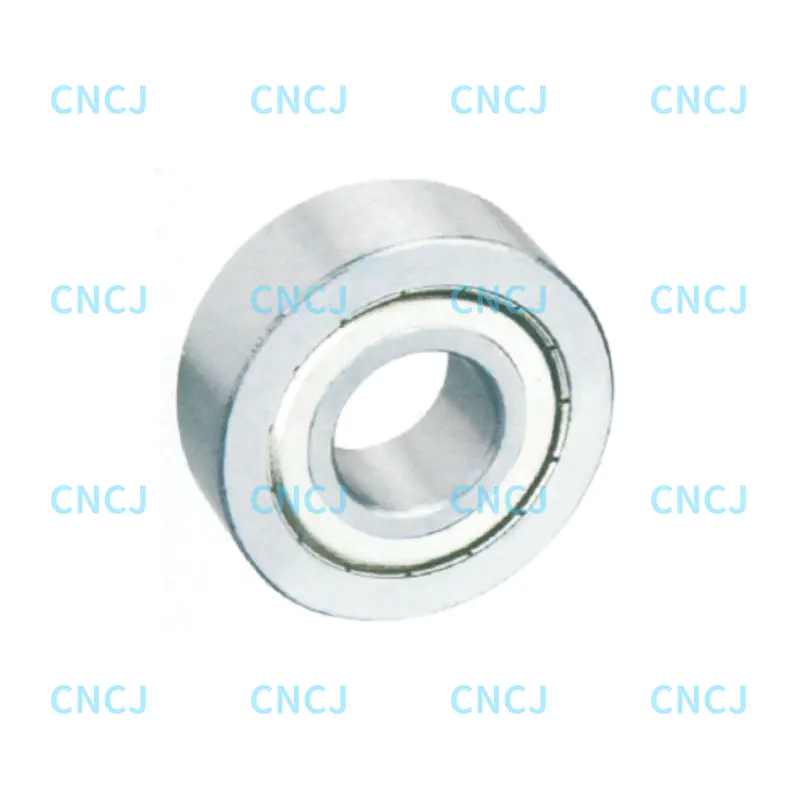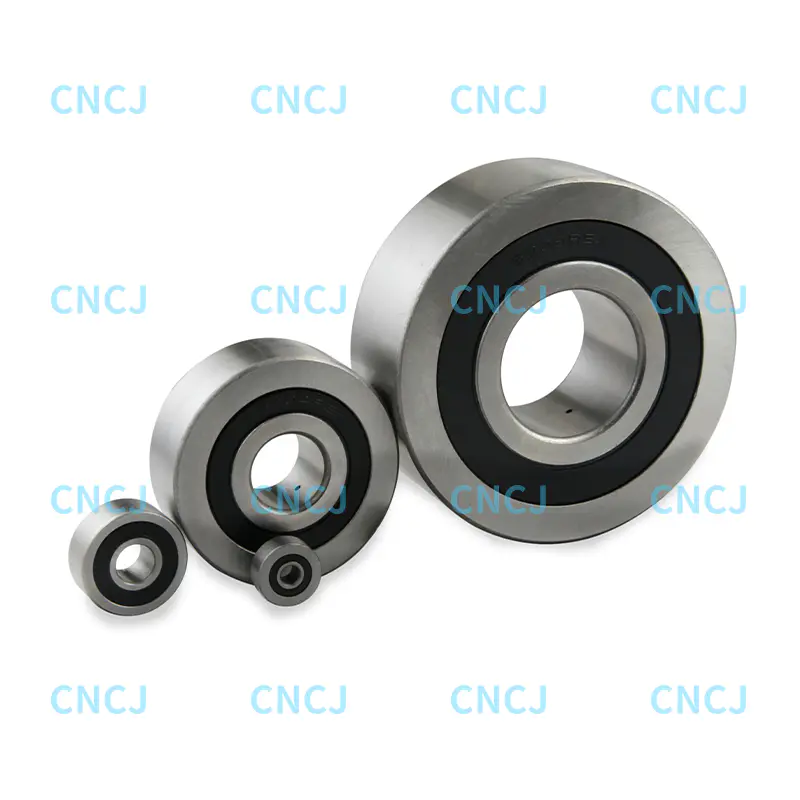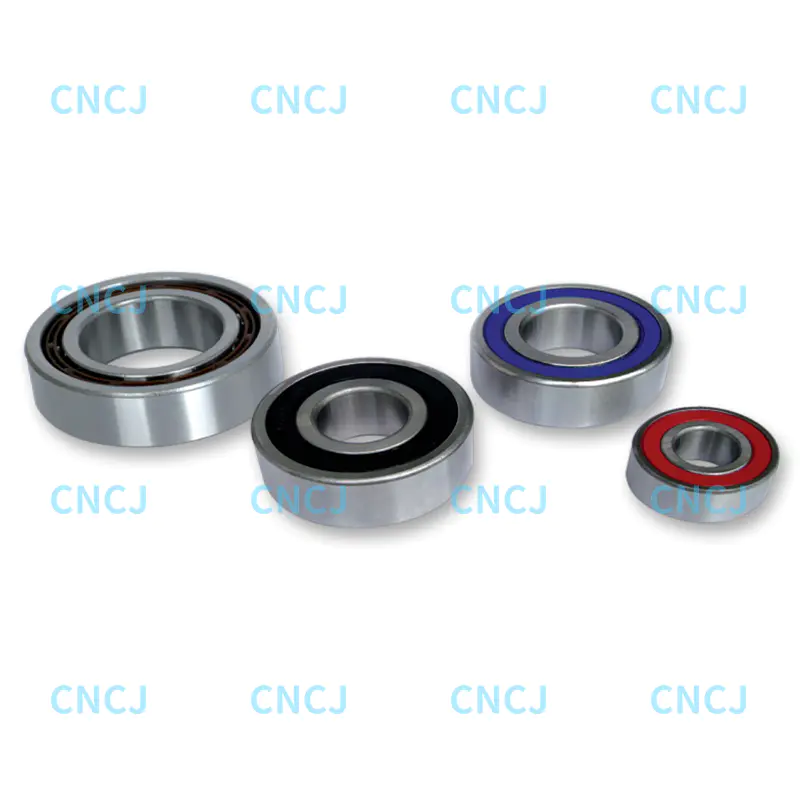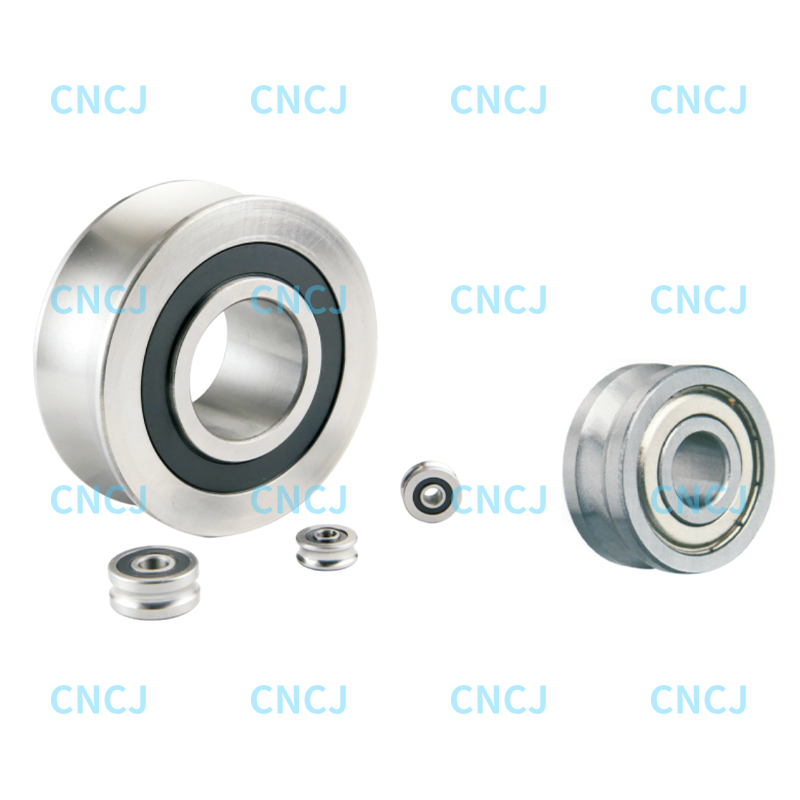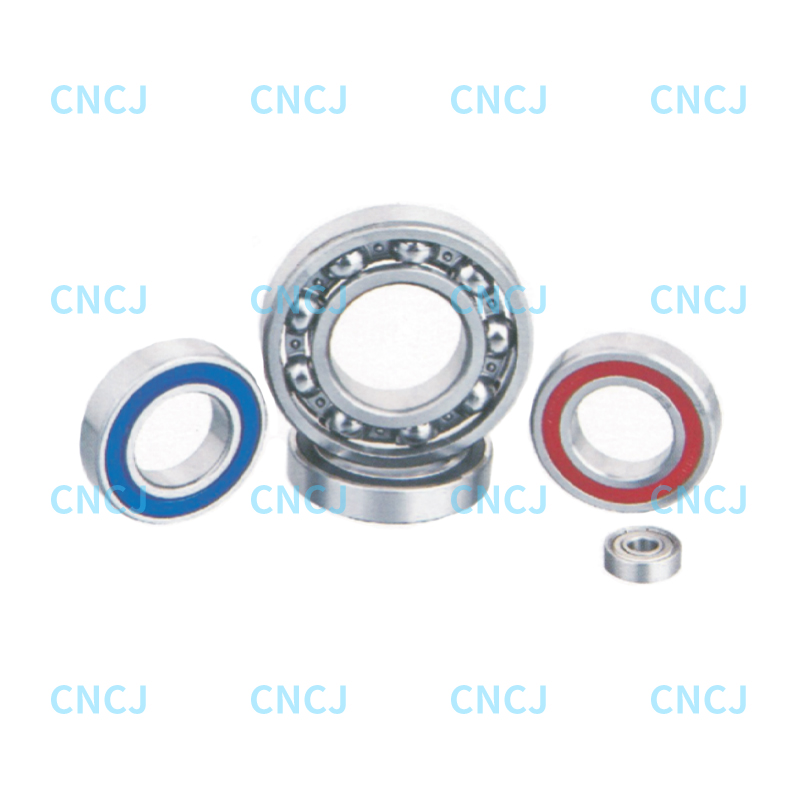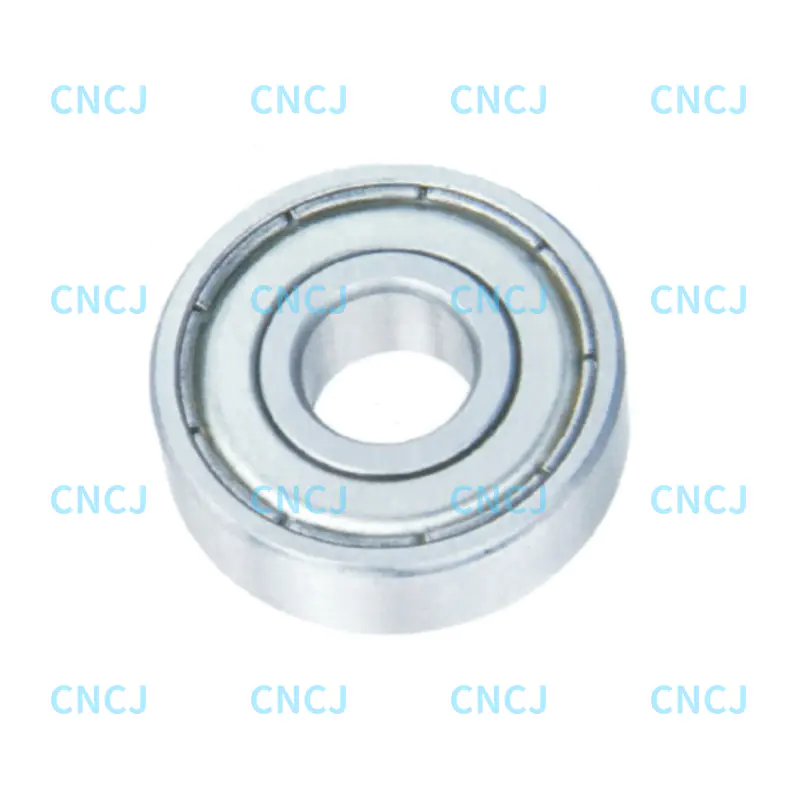In heavy-duty machinery such as construction equipment, mining machinery, and heavy-duty handling equipment, W series linear track roller bearings play a crucial role in ensuring stable linear motion. As the core component bearing the machine's weight and working load, their load capacity directly affects the safety, efficiency, and service life of the entire equipment. So, how to determine the appropriate load capacity for W series linear track roller bearings in different heavy-duty scenarios? Let's explore this issue through several key questions.
What Core Factors Determine the Required Load Capacity of W Series Linear Track Roller Bearings?
The load capacity requirement of W series linear track roller bearings for heavy-duty machinery is not a fixed value, but is determined by multiple core factors. First, the static load of the machinery itself is a basic reference—this includes the weight of the machine's main body, fixed components, and any stationary loads it carries. For example, a large mining excavator has a much higher static load than a small construction crane, so its matching W series bearings need a significantly higher static load capacity. Second, the dynamic load during operation is even more critical. Dynamic loads include the impact force generated when the machinery starts, stops, or changes speed, the additional load caused by uneven working surfaces (such as bumpy construction sites), and the load fluctuations during material handling (such as lifting heavy objects). Additionally, the working cycle of the machinery also affects the load capacity requirement: if the equipment operates continuously for 24 hours (such as in a large-scale mining site), the bearings need to withstand long-term cumulative loads, so their load capacity should have a certain safety margin to avoid premature fatigue failure.
Do Different Types of Heavy-Duty Machinery Require Different Load Capacities for W Series Bearings?
Absolutely. The working conditions and load characteristics of different heavy-duty machinery vary greatly, which directly leads to differences in the required load capacity of W series linear track roller bearings. For construction machinery (such as tower cranes and concrete pump trucks), the bearings mainly bear vertical loads from lifting weights and lateral loads caused by wind resistance. Taking a tower crane with a maximum lifting capacity of 50 tons as an example, its W series bearings need to have a static load capacity of at least 1.5 times the maximum lifting load (i.e., 75 tons) and a dynamic load capacity that can withstand repeated start-stop impacts. For mining machinery (such as belt conveyors and jaw crushers), the bearings face continuous heavy loads and harsh working environments (such as dust and vibration). A large belt conveyor transporting coal may have a continuous load of 30 tons per meter, so its W series bearings need to have high dynamic load durability, usually requiring a dynamic load rating of more than 100 kN to ensure long-term stable operation. For heavy-duty handling machinery (such as gantry cranes in ports), the bearings need to bear both vertical loads and horizontal traction loads. When a gantry crane moves a 200-ton container, the W series bearings on its track not only need to support the 200-ton vertical load but also withstand the horizontal friction and impact loads generated during movement, so their radial and axial load capacities must be comprehensively considered.
How Does Load Capacity Relate to the Service Life of W Series Linear Track Roller Bearings in Heavy-Duty Machinery?
The load capacity of W series linear track roller bearings has a direct and significant impact on their service life in heavy-duty machinery, following the basic law of bearing fatigue life. According to the L10 fatigue life formula (a common standard in the bearing industry), the service life of a bearing is inversely proportional to the cube of the actual load it bears. This means that if the actual load borne by the bearing exceeds the designed load capacity, its service life will decrease sharply. For example, if a W series bearing with a rated dynamic load of 80 kN is used in a scenario where the actual dynamic load reaches 100 kN (exceeding the rated capacity by 25%), its theoretical service life will be reduced to (80/100)³ = 51.2% of the original—shortening the service life by nearly half. On the contrary, if the selected bearing has an appropriate load capacity margin (usually 1.2-1.5 times the actual maximum load), it can effectively reduce the fatigue damage caused by long-term load bearing. For heavy-duty machinery that requires high reliability (such as mining machinery that is difficult to maintain), a larger load capacity margin (even up to 1.8 times) is often required to ensure that the bearings can operate stably for a long time without frequent replacement, thereby reducing maintenance costs and equipment downtime.
What Safety Standards Should Be Followed When Determining the Load Capacity of W Series Bearings for Heavy-Duty Machinery?
When determining the load capacity of W series linear track roller bearings for heavy-duty machinery, it is necessary to comply with relevant international and industry safety standards to avoid safety hazards caused by insufficient load capacity. First, the ISO 15243 standard (which specifies the basic rating load and rating life of linear motion bearings) is a core reference. This standard clearly defines the calculation methods for the static load rating (C0) and dynamic load rating (C) of linear bearings, providing a unified basis for determining load capacity. For example, according to ISO 15243, the static load rating of W series bearings should be able to withstand a static load without permanent deformation exceeding 0.001 times the bearing's nominal size. Second, industry-specific standards also need to be considered. For example, the FEM standard (used in the mechanical handling industry) requires that linear bearings for heavy-duty handling equipment must have a load capacity margin of at least 1.3 times when facing dynamic impact loads. In addition, machinery manufacturers also need to combine their own product design specifications—for example, for construction machinery that operates in harsh environments (such as high altitude or low temperature), the load capacity of the bearings should be further adjusted based on environmental factors (such as reduced material strength at low temperatures) to ensure that the bearings still meet safety requirements under extreme conditions.

 English
English 中文简体
中文简体 Deutsch
Deutsch Español
Español